Nicolas Leu has been working in visual effects for over 10 years. He worked in many studios such as Pixomondo, Mackevision, Trixter and RISE before becoming a freelance VFX Supervisor. He has worked on many shows such as Game of Thrones, Doctor Strange, Avengers: Infinity War and Dark.
What is your background?
I started working in the film industry around 2007 and did some Jobs as a PA on set before moving into postproduction. I worked on some smaller shows as an editor and subsequently studied Design with a focus on Film and Animation in Nuremberg. I graduated with a master’s degree in Visual Effects from Savannah College of Art and Design in 2014. While studying, I already worked as a freelance compositing artist for various VFX companies in Germany. I started doing my first shows as a composition supervisor while working for RISE in Berlin. My first project as a Visual Effects Supervisor was the second season of DARK in 2018.
How did you get involved in this series?
Gaumont approached me in June 2020.
How was your collaboration with the showrunners and the directors?
I got involved in the project while the scripts were still being written. It was quite helpful that the production considered VFX implications early on. We had about six months of pre-production in which I could plan and discuss different ideas with Directors Stefan Ruzowitzky and Lennart Ruff. Especially location scouting and the planning of larger sets like, e.g., the roman camp was done in close collaboration with the directors and art department.
What were their approach and expectations about the visual effects?
Stefan and Lennart shared the opinion that storytelling always had to come first. The visual effects were supposed to support and underline the storytelling aspect of a shot rather than distract from it. Since we shared a similar understanding, I welcomed this approach a lot. This was exceptionally helpful since we were on the same page concerning the scope and direction of the visual effects right from the beginning.
What were the main changes they wanted to make with VFX after the first season?
Since most of the creative team, including directors and DOPs, were new to the show and not involved in season one, it was more of a fresh start for everyone. Of course, we studied some of the approaches and techniques used in season one, especially regarding the battle sequences. It was essential to catch the same vibe; however, with larger environments like the roman camp, we had to think of intelligent ways to portray a large area within the limited amount of set space we had. The challenge was to avoid unnecessary VFX shots, which meant that VFX was extensively involved in the planning of shooting angles. In order to previsualize the roman camp, we built a layout of it in Unreal Engine, which was based on construction drawings from the art department. This way, we could try out specific camera angles and highlight problematic areas early on.
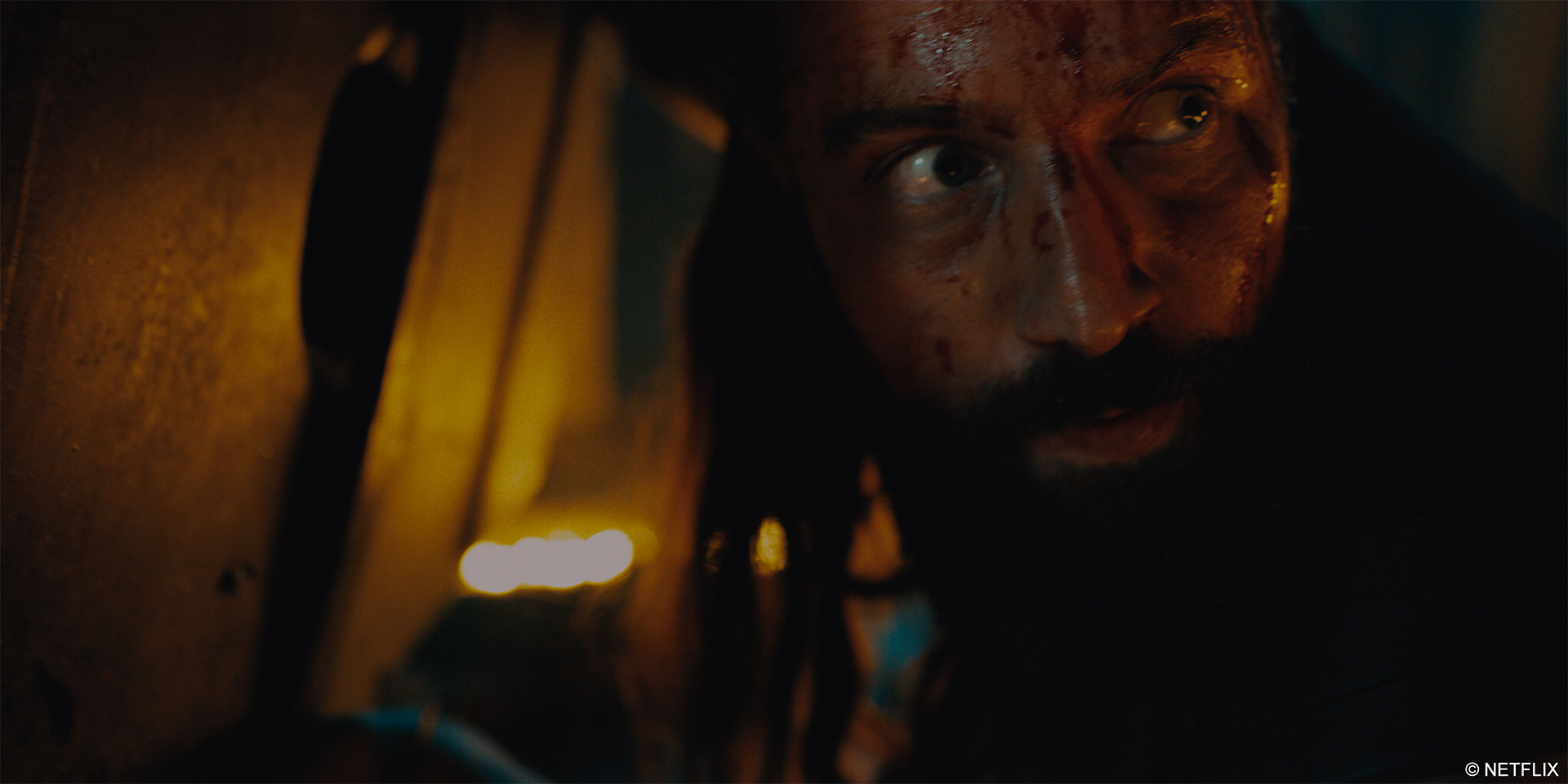
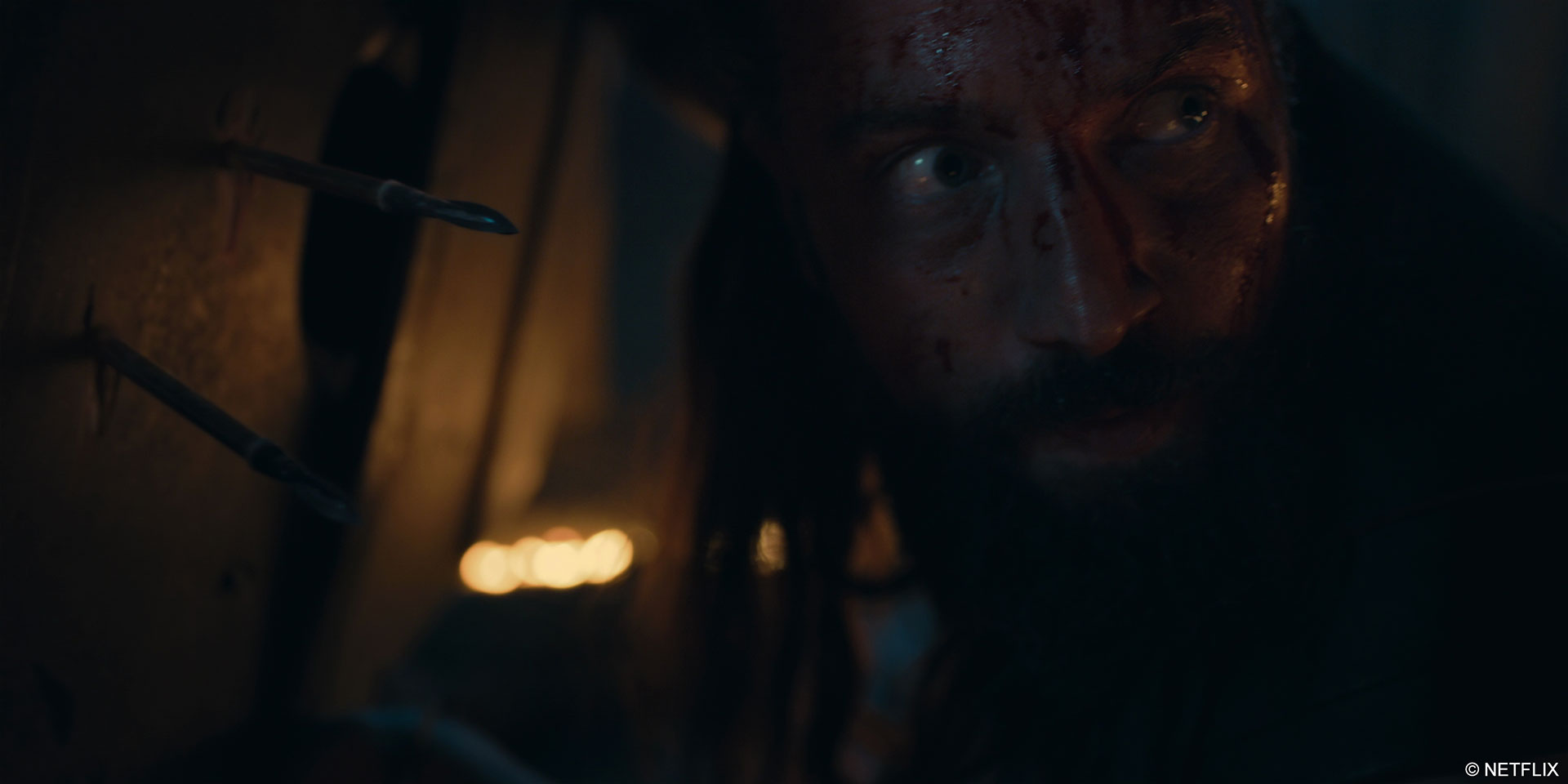
How did you organize the work with your VFX Producer?
In addition to being VFX Supervisor, I acted as VFX Producer on this show. Although handling both jobs could be pretty challenging at times, the show’s size still allowed for combining these two roles. To tackle both tasks, I was supported by associate VFX Supervisor Tobias Moenninger and VFX Coordinator Nadine Heinz.
Combining Supervisor and Producer can have its advantages. Since you always have to consider both the creative and financial aspects, it was possible to facilitate some processes, especially when presenting specific ideas to the production. They always received the whole picture from one hand. This allowed for some flexibility and made it possible to provide quick and frequent updates to production when any new tasks or edit changes came up.
How did you choose the vendors and split the work among them?
Since we started planning very early on, we were able to contact a handful of vendors in Germany and Poland to find who would best fulfill the requirements of the project. After an extensive comparison and bidding process Mackevision (Accenture Song VFX) was selected as the sole vendor for the Barbarians. As we approached the end of the project, InHouse VFX kindly offered their support, taking on about 10% of the shots.
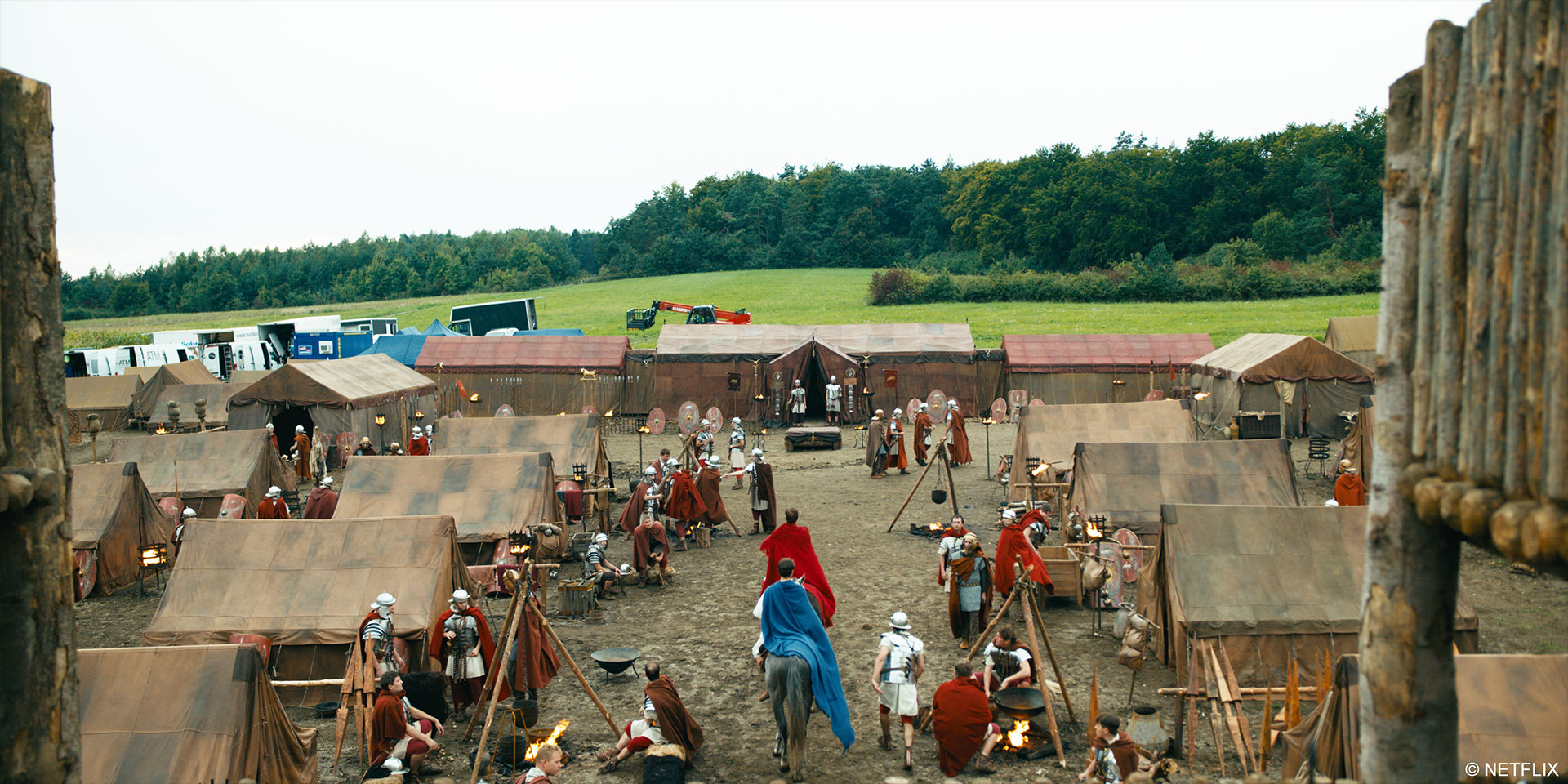
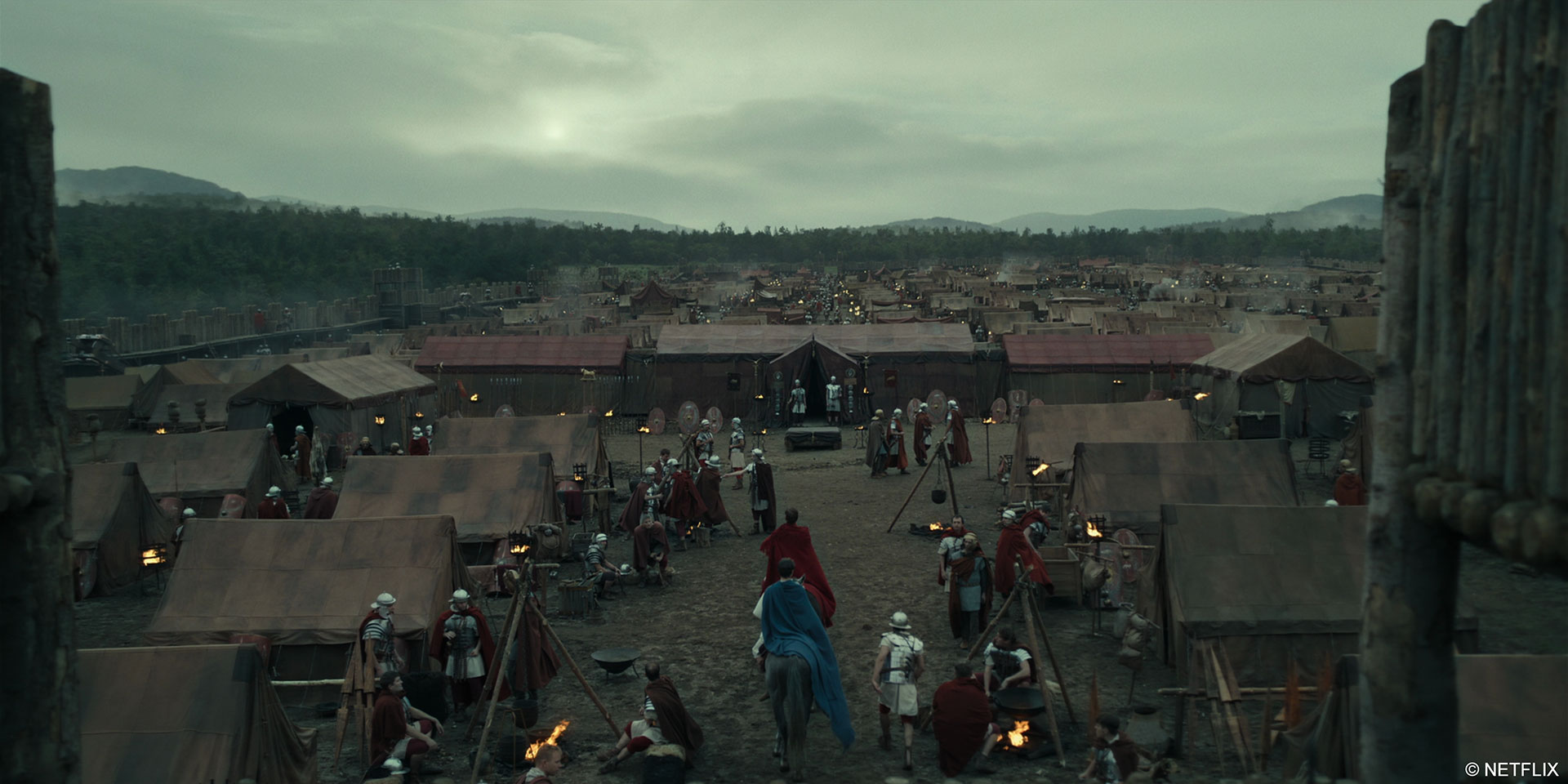
How was the collaboration with VFX Supervisors?
The collaboration with Mackevision’s Stephan Schäfholz was great. We go back a long way and have already worked together on some projects as compositing artists. Since we already agreed on working together before shooting started, we could communicate the requirements for realizing the Visual Effects we needed. Later, during Post-Production, we kept working closely together.
InHouse VFX joined the production about two months before the deadline. Sebastian Nozon and Florian Ast were the responsible VFX Supervisors on their end.
Even though there were some challenging moments due to the tight schedule we had to stick to, we were able to sustain a respectful and relaxed atmosphere with both vendors throughout the production. We held regular meetings once a week, but even beyond that, we would always call each other and chat if anything came up. I am very grateful for the friendly atmosphere that was shown to us. It facilitated lots of processes. Due to the tight schedule, the VFX work essentially happened in parallel with editing. This meant we had to keep track of and communicate frequent changes while accommodating any new requirements that the directors or the production wanted. Regular communication and a clear overview of the whole project were crucial to tackling these challenges. From a pipeline perspective, we used Shotgrid to manage all processes. Tobias Moenninger did an outstanding job setting up everything, including vendor access, so that reviews and communication concerning specific shots or assets could be done exclusively via Shotgrid. Tobias also programmed different tools (e.g., a shot import tool) that were essential for tracking and managing all incoming versions and editing updates.
What were your approach to the environments and the camp’s work?
Three main areas were important from a VFX perspective. We scanned the whole environment for these areas using photogrammetry and LIDAR scanning. Robert Kraczek, our Photogrammetry / LIDAR specialist, did a fantastic job here.
The first two environments, namely the “Ambush Valley” and the “Thing Grounds,” were more about the objects interacting with the environment rather than the environment itself. The main task for the Ambush Sequence in Episode 01 was to create a rock avalanche that the barbarians built as a trap for the Romans. We scanned the whole area to provide an exact geometry of the slope on which the stones fall down, which Mackevision could then use as a collision geometry. This way, we made sure that the physics simulation of the rocks was based precisely on the environment we see on camera.
During the “Thing Attack,” the Barbarians are ambushed by a roman squad of archers. The Thing Attack’s main VFX task was to create many arrows that had to hit everyone and everything inside the Thing Area. A 3D model of the environment helped with orientation and provided us with a collision geometry for the arrows.
This season’s primary VFX environment was the Roman Camp, however. The art department did a fantastic job creating one corner of the camp, including palisades, towers, gates, and of course, tents.
We created a more extensive and highly detailed scan using photogrammetry and LIDAR. Using this scan and concepts provided by our Art Department, Mackevision extended the camp logically by creating more towers, gates, and duplicating tents. Additionally, some story requirements had to be taken into account during the development of the roman camp. The camp had to accommodate around 8000 soldiers. With eight soldiers fitting into one tent, we created about 800 tents. We decided to leave some space under construction to make the camp feel more “alive” and show that it is a busy environment rather than just an accumulation of tents. Speaking of a living environment, it was essential for Stefan Ruzowitzky that the camp featured different places necessary for running a camp of that scale, some of which are also important to the story. This includes, for example, a marketplace, a sparring place, horse staples, Latrines, the prison where Ari and Flavus are being kept, etc… If you pay attention, you can see all those little details.
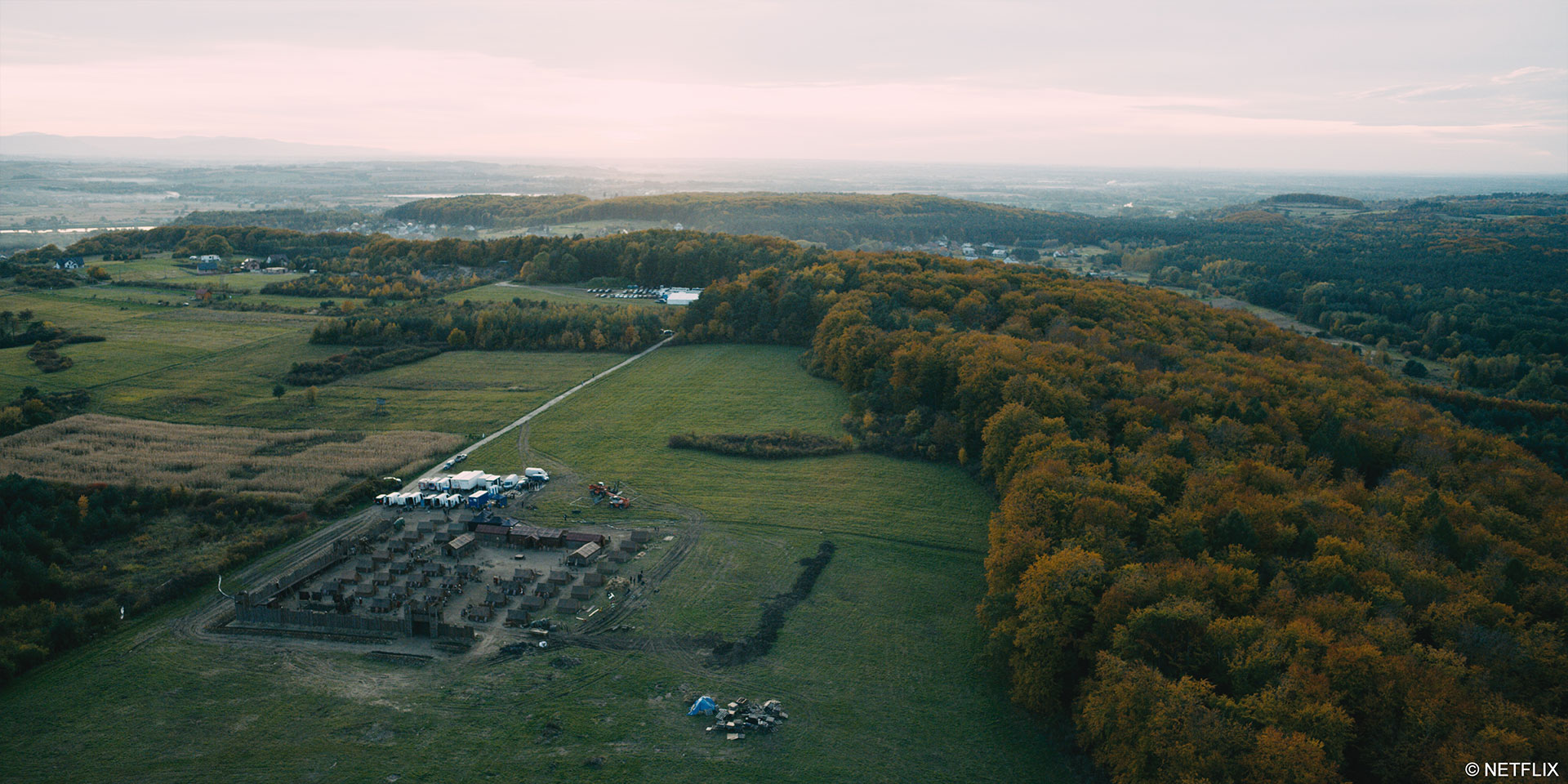
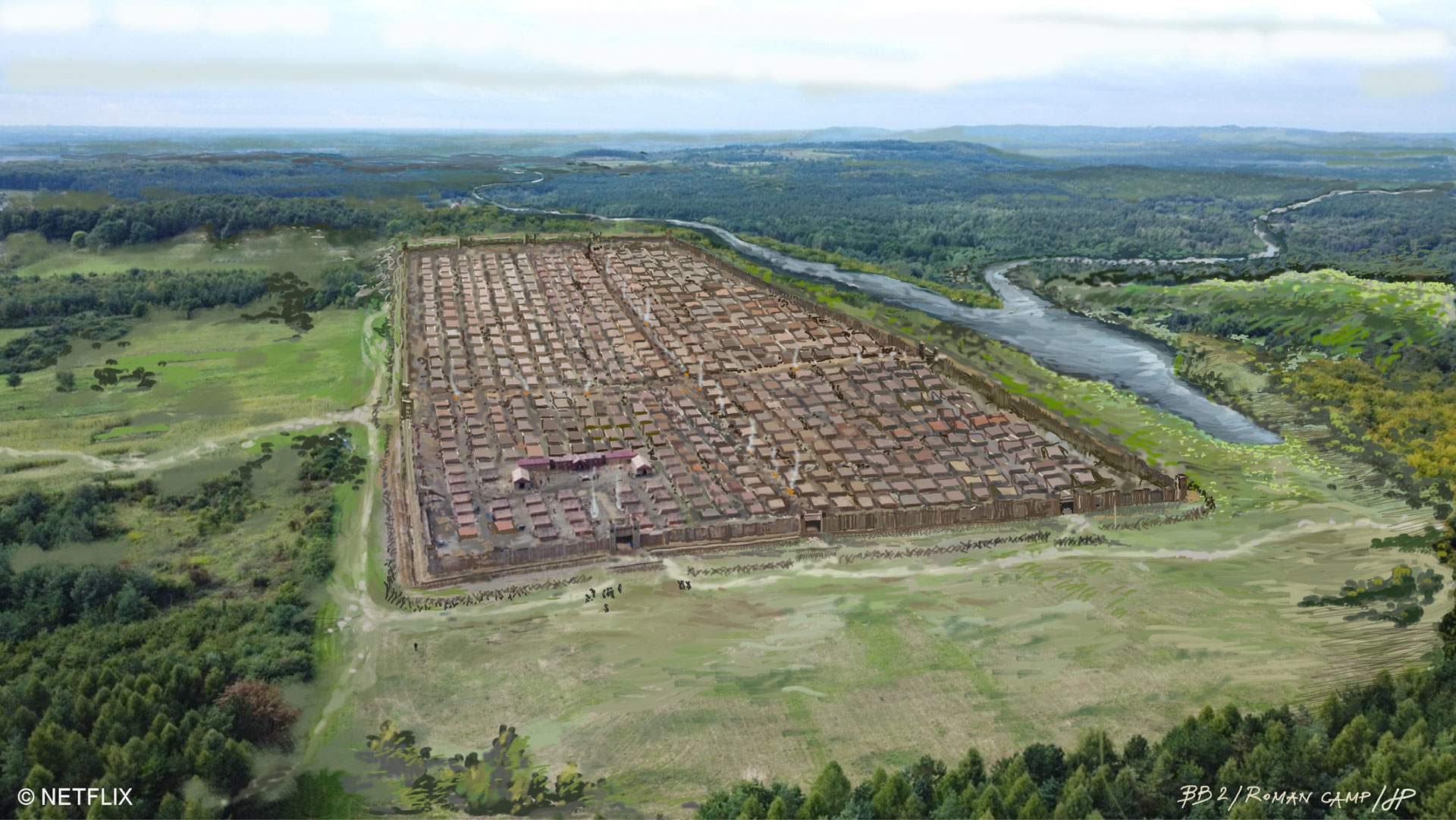
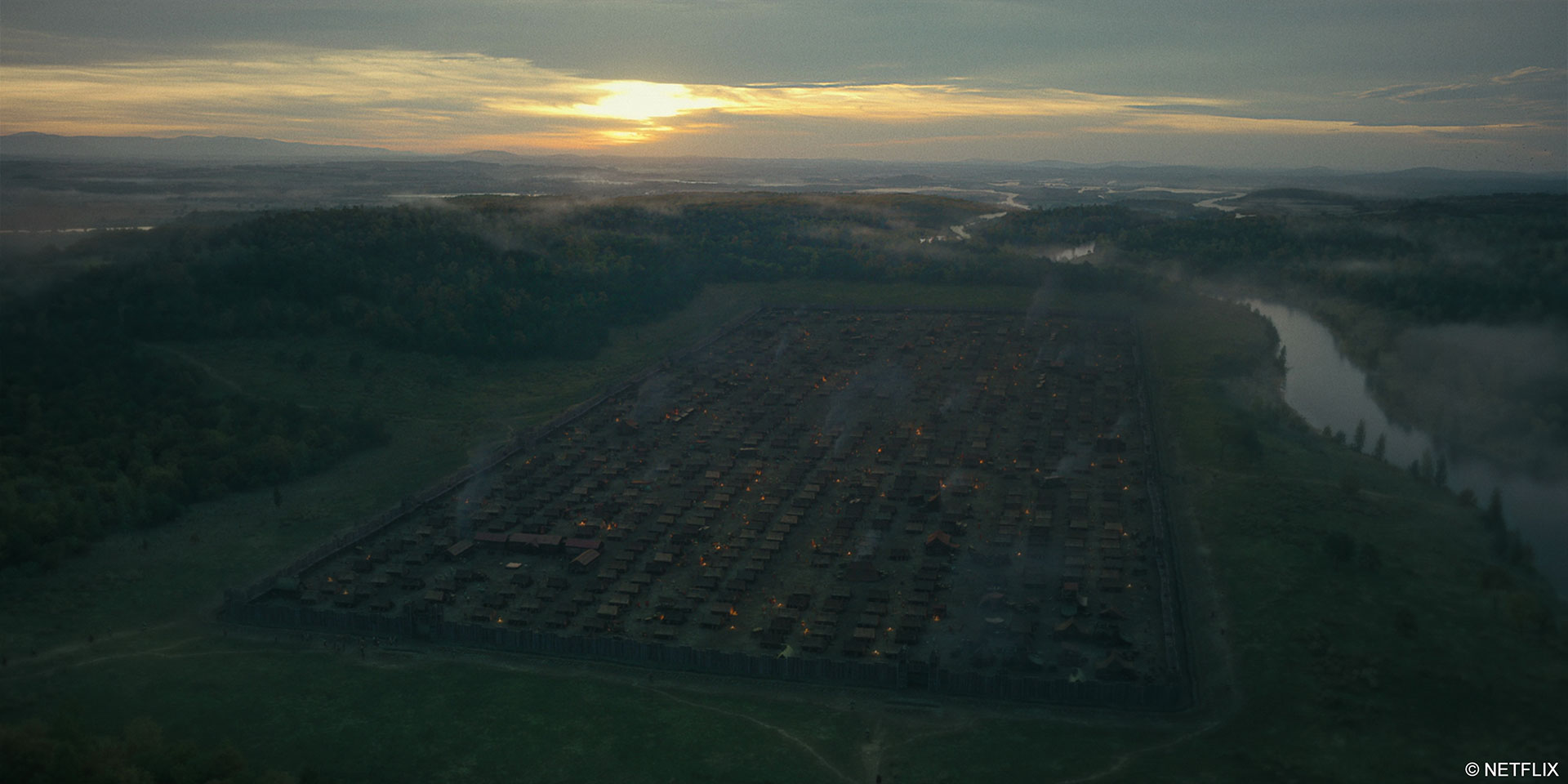
Can you elaborate on the creation of the environment?
Another key feature of the Roman Camp was the environment that is featured around it. Everything that is outside the palisade walls, so to speak. Mackevision did an outstanding job creating the whole environment. Some requirements had to be taken into account. First of all, there are a few shots throughout the season where some of our heroes watch the roman camp from a distance; in Episode 01, for example, when Ari and Marbod watch the roman camp from a small hill, or in Episode 02 when Thusnelda is spying on the camp from across the river. In both shots, we see a river in relation to the camp, which also poses a significant plot point for this season’s story. Naturally, we had to ensure the river was also visible in the areal shots of the camp.
The Romans used local resources to build the camp’s defensive wall. Therefore it was crucial that the camp had to be surrounded by lots of trees. Mackevision used trees and bushes common to that area to match with other non-VFX shots and even added some tree trunks, showing that some trees were already cut down in creating the camp. In the end, the environment featured around 100k trees. Moreover, Mackevision created a fully procedural asset for the camp and the surrounding environment to accommodate any adjustments. That was especially helpful initially while we were still developing the camp’s layout.
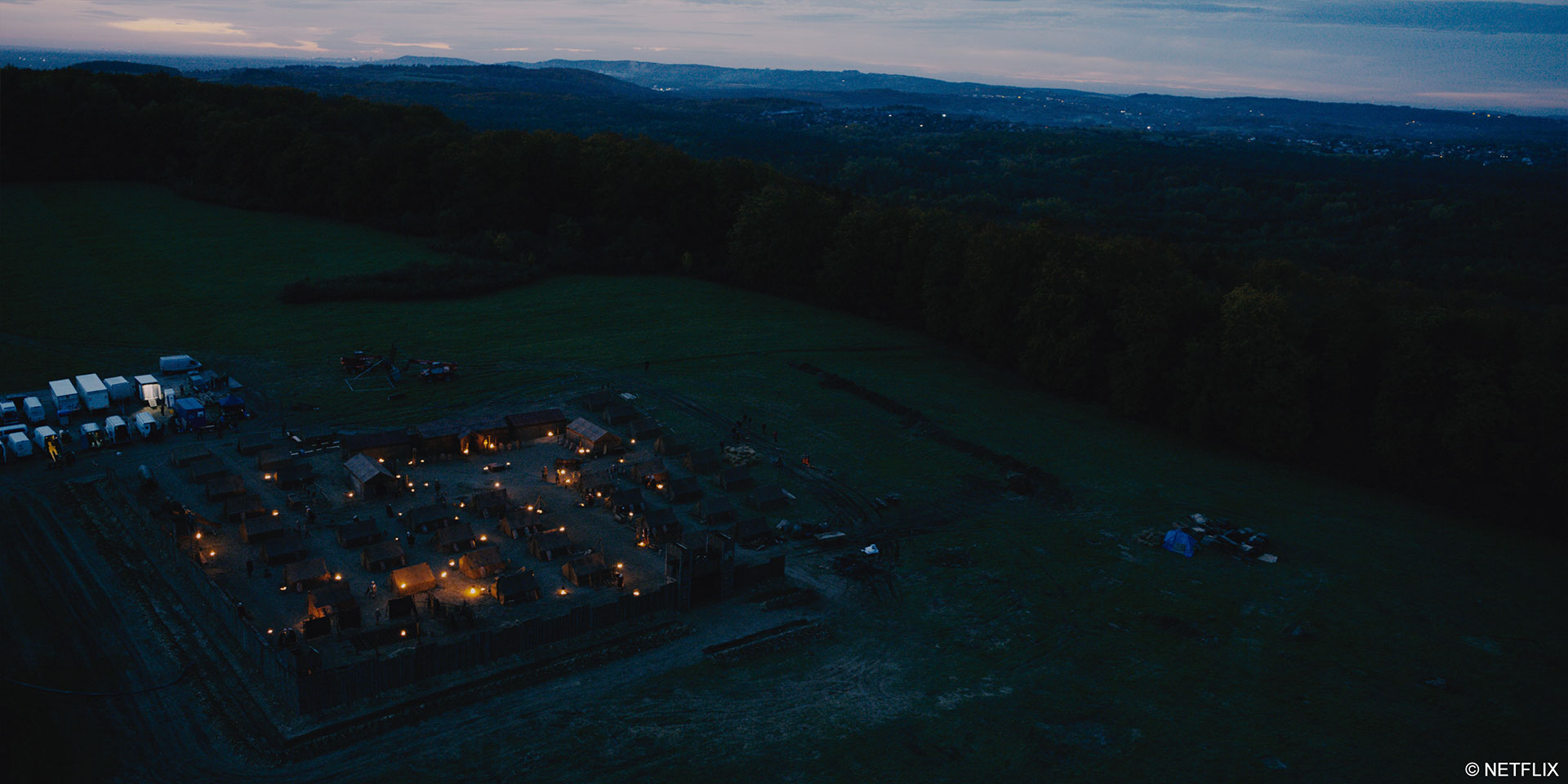
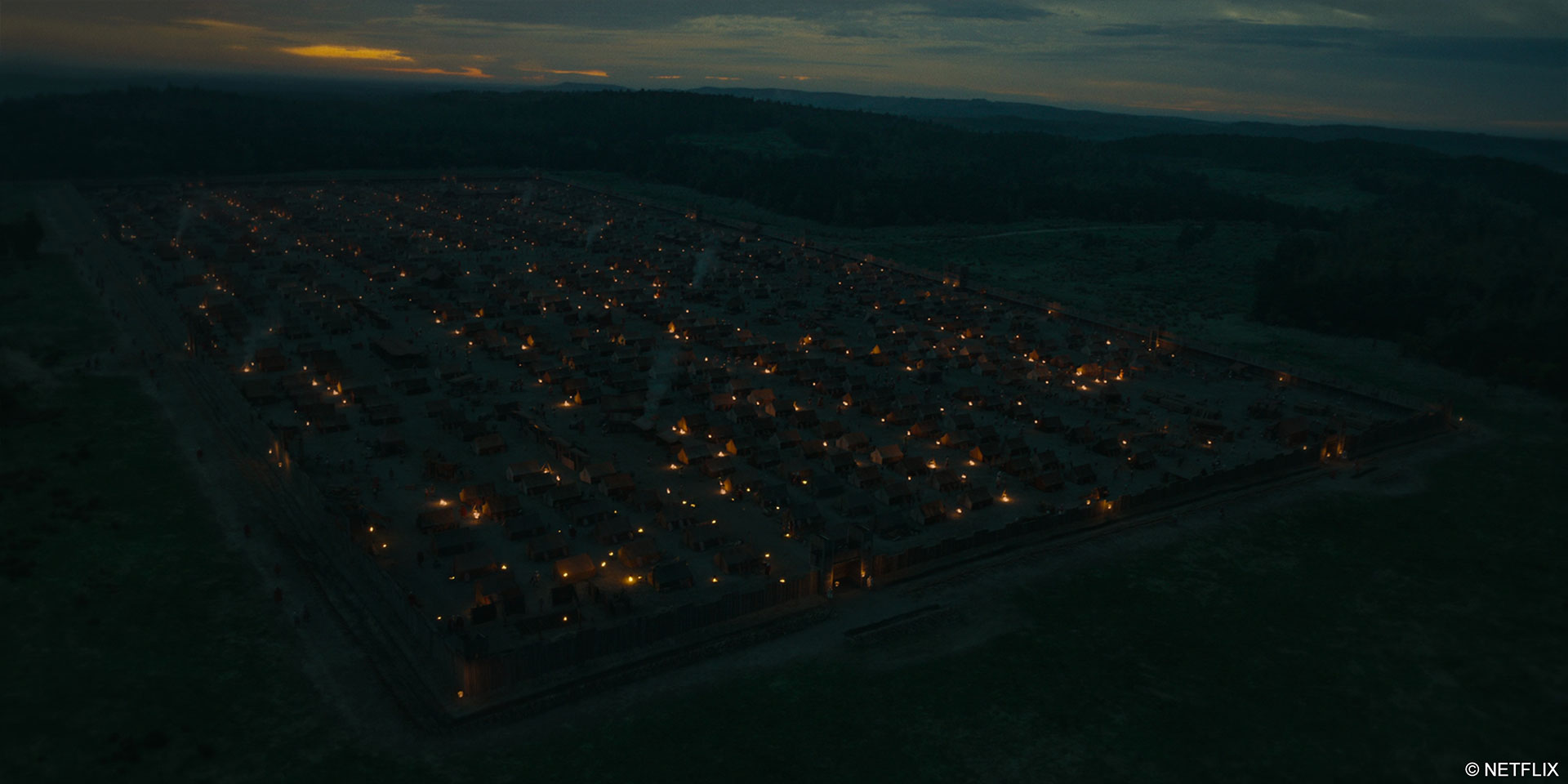
Where were the various exterior sequences filmed?
The whole show was shot in Poland, more specifically in the area around Krakow. The beautiful environment features lush forests and stunning rock formations that perfectly fit the look and feel we tried to achieve with the Barbarians.
Which location was the most complicated to enhance?
While the roman camp was quite complex, the “River Shot” in Episode 05 was an exciting challenge. DOP Jacek Podgórski came up with this beautiful location he knew from one of his earlier productions. It featured a rock plateau that pointed into a valley and featured everything we needed for this shot.
The idea was to reveal the roman fleet closing in toward the Roman Camp, posing a major threat to the barbarians. We ended up replacing quite a significant portion of the original plate. To get the correct portrayal of the ships Lennart was looking for, we had first to determine the right depth of the valley. We needed enough space to show a significant number of ships while at the same time being close enough to the ships to be able to recognize the rowing roman soldiers. Of course, we also needed to integrate everything into the given environment seamlessly. I have to say that Mackevision did an outstanding job here, and I am more than happy with how the shot turned out in the end.
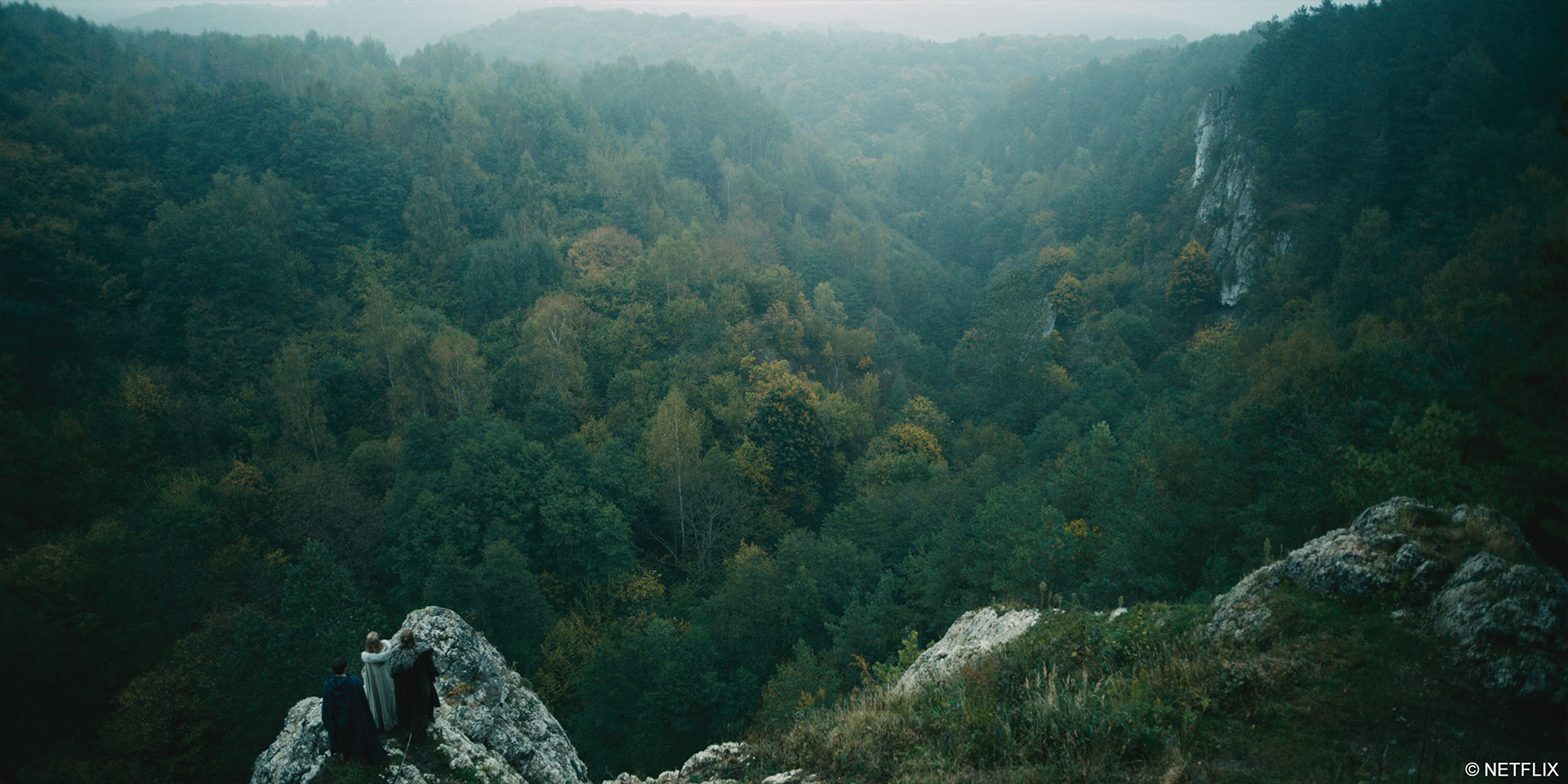
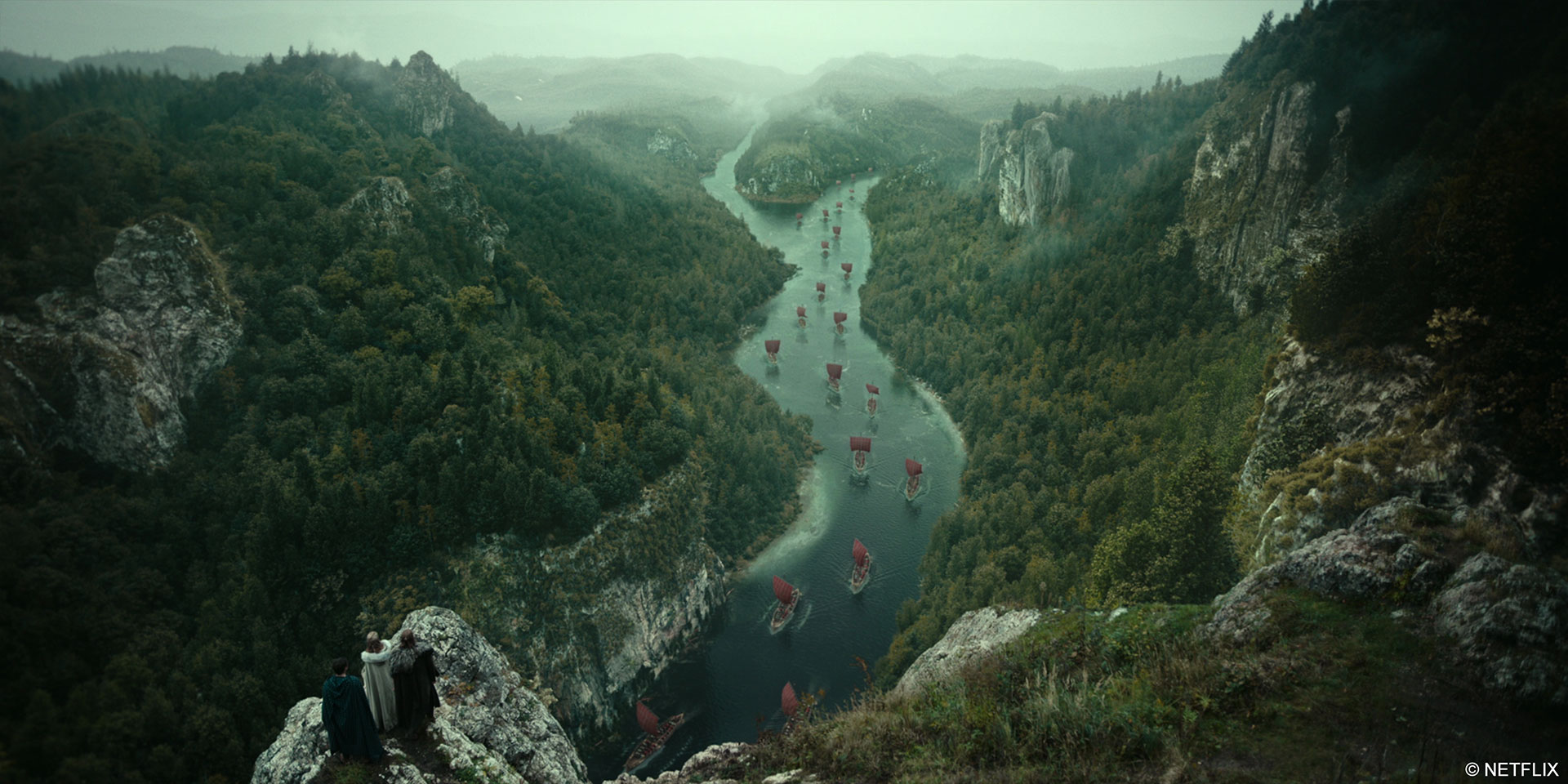
How did you create the various armies?
We provided some assets of Roman soldiers and Barbarians used in Season 01 to Mackevision as a basis for creating the crowds. We also scanned every type of weapon and shield used during shooting using photogrammetry. Mackevision populated the crowds with these new scanned props and made procedural variations with all elements. This made it possible to create a very versatile army with visible differences. Some soldiers/barbarians had spears, some swords; some had shields, some wore longer capes, etc. We also added cloth sims wherever possible, which made quite a difference and added more realism to the crowds. Mackevision used Houdini for crowd simulations for the first time, which worked quite nicely.
How did you work with the SFX and stunt teams?
The SFX team was very cooperative, and the collaboration couldn’t have been better. Especially with a show like this, fog/smoke is always a huge topic. To achieve the correct mood, almost every shot had to have sometimes a very significant amount of smoke. The smoke, of course, can be very disruptive when planning to add VFX elements later. Depending on the VFX task, we used in-camera smoke, added the smoke entirely in post-production, or used a combination of both. We had to decide that on a case-by-case basis; however, VFX was present on most of the shooting days, so there was no additional effort. Communication was vital here.
Barbarians features lots of battle sequences, so naturally, there were many stunts that also involved VFX, particularly wire removals and stabbings. For the stabbings, we worked together with the weapons department very early on to create stunt weapons that featured a retractable “radio antenna” instead of a blade. Those weapons were quite helpful since you had an anchor point when stabbing someone, ensuring that the blade handle wouldn’t wiggle around, which is always a problem I noticed in other movies or tv shows. The actors adopted these “antenna blades” relatively quickly, and using them felt natural to them in no time.
How did you enhance the gore aspect?
We enhanced lots of the swordfights with blood effects. However, we tried to keep it subtle most of the time to avoid distracting from the action. The bloodiest sequence is, of course, the beheading in Episode 03. Stefan Ruzowitzky wanted to explicitly show the beheading for one of the executions. For this, we locked the camera and shot different element plates with the real actor and a dummy head. We recreated the neck portion in CG and tracked it to the actor’s body.
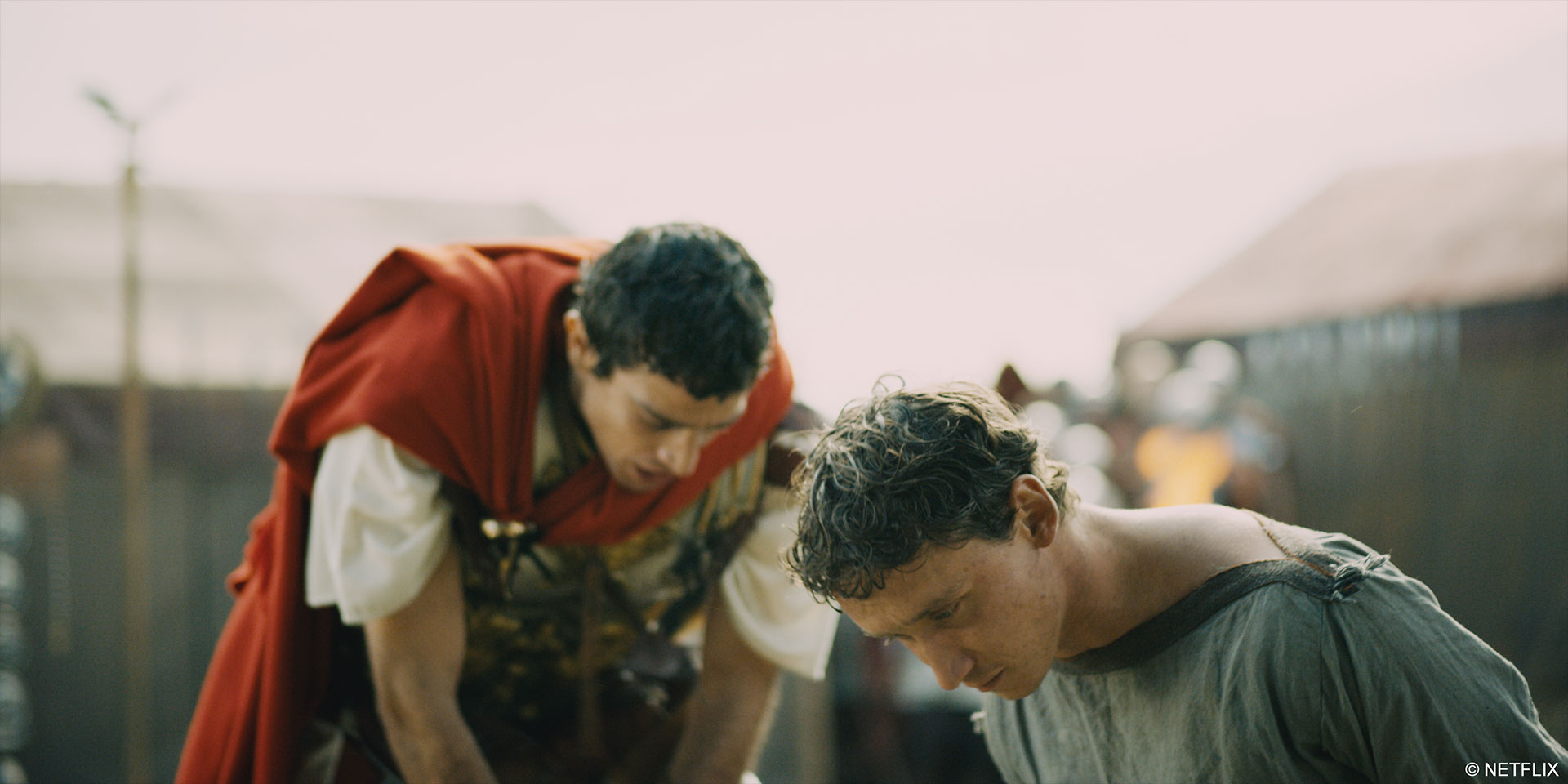
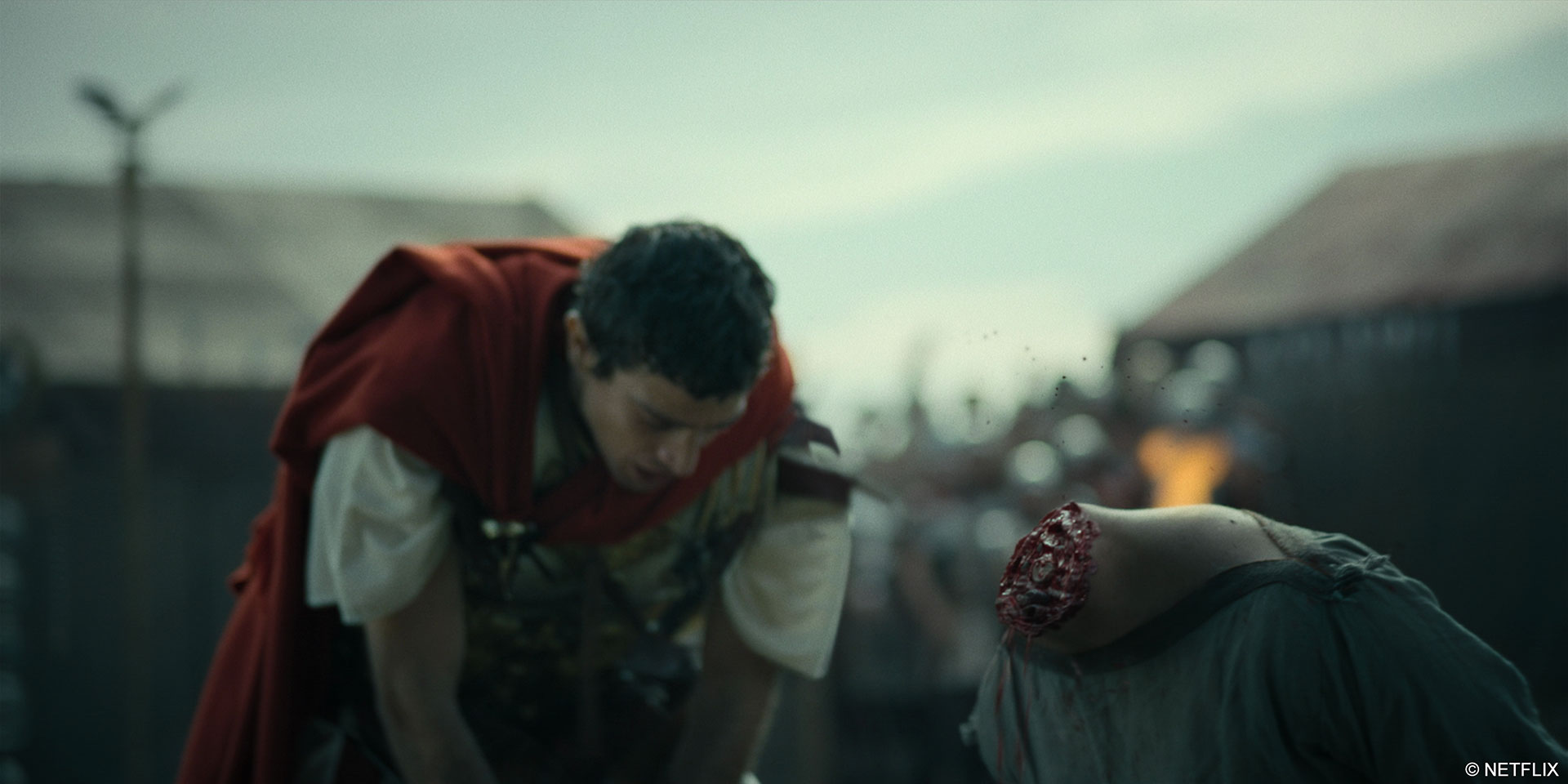
Did you want to reveal to us any other invisible effects?
What I like about this show is that a lot of the VFX work is subtle and sometimes not noticeable. A funny example that cost us quite some time is the horses. Shooting with animals is always somewhat unpredictable. When you shoot with a drone, e.g., the horses can get irritated easily. Of course, production had to make sure it was safe. As a result, there were a significant number of shots where a horse wrangler had to stand right next to the horse, holding its reins, which of course, had to be retouched later.
Which sequence or shot was the most challenging?
The attack on the Roman camp in episode 06 was the most challenging. Besides adding the roman camp asset to the existing practical set, we also had to combine the crowd simulation with the actual actors, naturally avoiding any intersections.
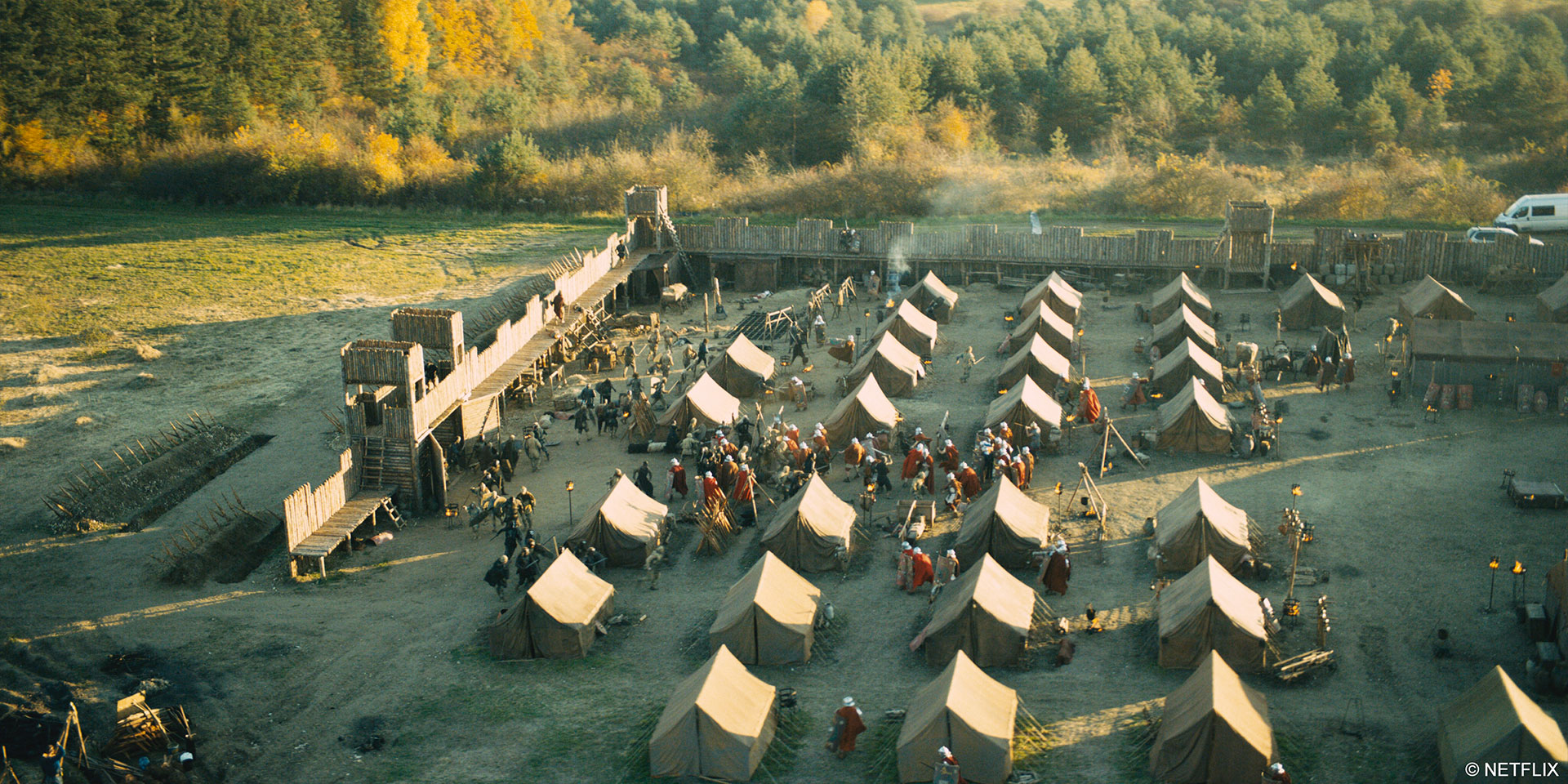
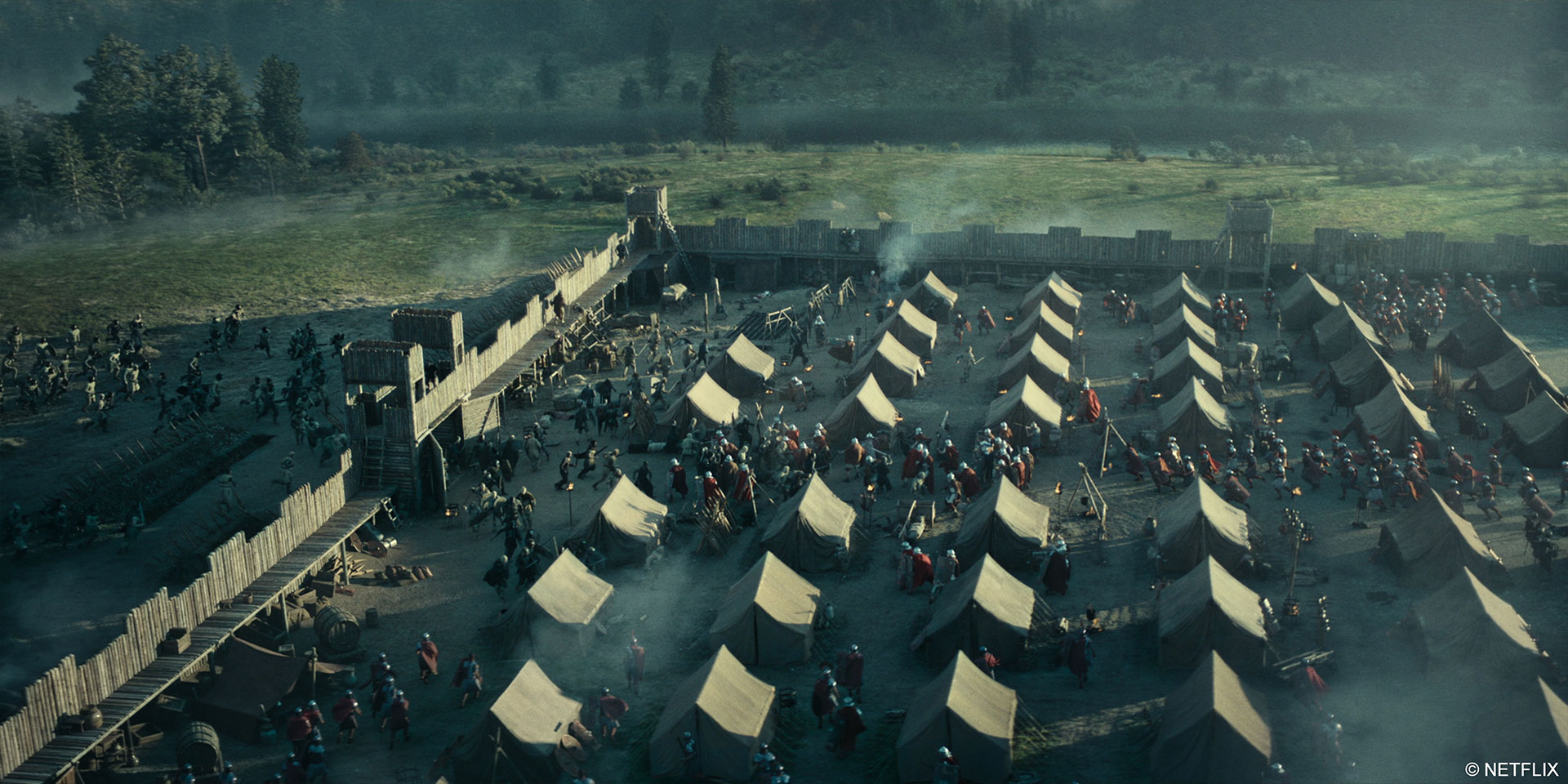
Is there something specific that gives you some really short nights?
Not really. Workdays could sometimes be quite exhausting, so I always slept like a baby.
What is your favorite shot or sequence?
There are quite a few. One of my favorite shots is an establishing shot of the Roman Camp at night. I love the mood it creates. The integration work that Mackevision has done on this one is fantastic!
What is your best memory on this show?
The time that Tobi and I spent in Krakow always puts a smile on my face, even though we had pretty long days and nights on set.
How long have you worked on this show?
19 months.
What’s the VFX shots count?
336.
What is your next project?
That is, of course, still top secret.
What are the four movies that gave you the passion for cinema?
- Star Wars
- Bill & Ted’s Excellent Adventure
- The Matrix
- The Lord of the Rings: The Fellowship of the Ring
A big thanks for your time.
// Barbarians: Season 2 – Trailer
WANT TO KNOW MORE?
Netflix: You can watch Barbarians on Netflix.
© Vincent Frei – The Art of VFX – 2022






